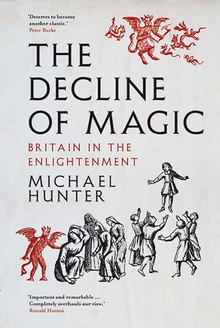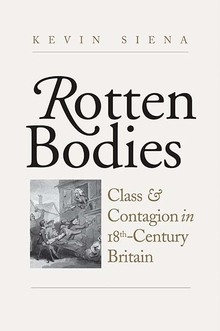The Throne of the Great Mogul in Dresden
WARNING
You are viewing an older version of the Yalebooks website. Please visit out new website with more updated information and a better user experience: https://www.yalebooks.com
The Ultimate Artwork of the Baroque
Dror Wahrman
A masterful deciphering of an extraordinary art object, illuminating some of the biggest questions of the eighteenth century
The Throne of the Great Mogul (1701–8) is a unique work of European decorative art: an intricate miniature of the court of the Mughal emperor Aurangzeb depicted during the emperor’s birthday celebrations. It was created by the jeweler Johann Melchior Dinglinger in Dresden and purchased by the Saxon prince Augustus the Strong for an enormous sum. Constructed like a theatrical set made of gold, silver, thousands of gemstones, and amazing enamel work, it consists of 164 pieces that together tell a detailed story.
Why did Dinglinger invest so much time and effort in making this piece? Why did Augustus, in the midst of a political and financial crisis, purchase it? And why did the jeweler secrete in it messages wholly unrelated to the prince or to the Great Mogul? In answering these questions, Dror Wahrman, while shifting scales from microhistory to global history, opens a window onto major historical themes of the period: the nature of European absolutism, the princely politics of the Holy Roman Empire, the changing meaning of art in the West, the surprising emergence of a cross-continental lexicon of rulership shared across the Eastern Hemisphere, and the enactment in jewels and gold of quirky contemporary theories about the global history of religion.
Dror Wahrman holds the Vigevani Chair in European Studies at the Hebrew University of Jerusalem and is president of the Academic College of Tel-Aviv-Yaffo. He is the author of The Making of the Modern Self and Mr. Collier’s Letter Racks: A Tale of Art and Illusion at the Threshold of the Modern Information Age and coauthor of Invisible Hands: Self Organization and the Eighteenth Century. He lives in Jaffa, Israel.
Publication Date: April 25, 2023
48 color + 28 b/w illus.









